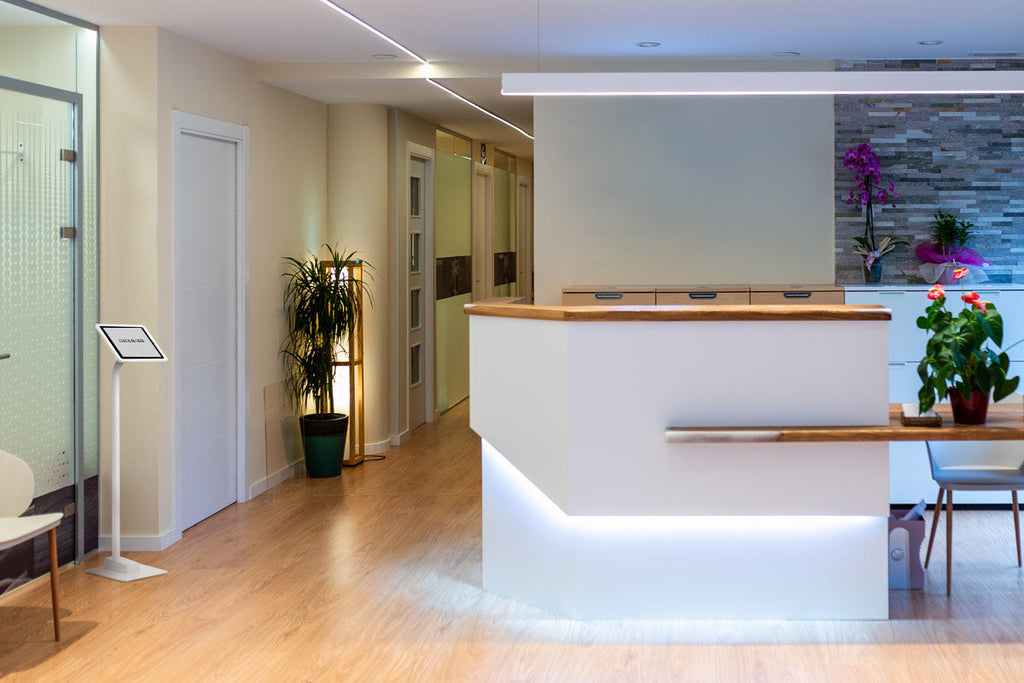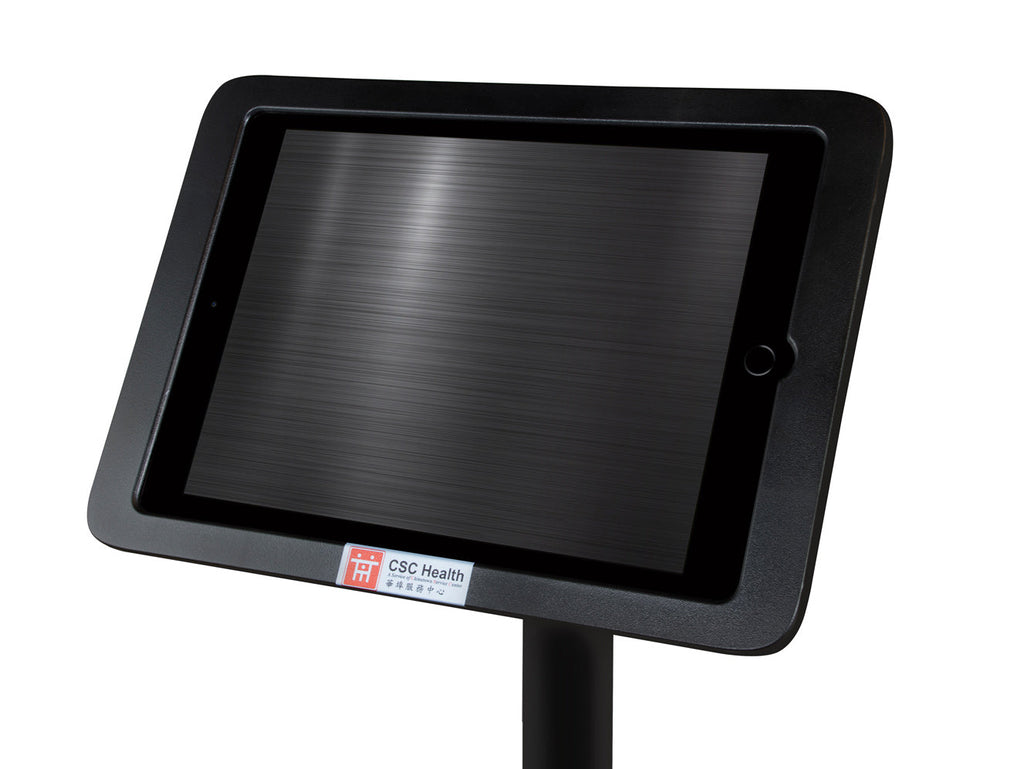Self-service is penetrating almost all aspects of our daily life from checking in at your doctor’s office, grabbing a sandwich and skipping the checkout line, ordering in a restaurant and many other tasks that would have previously required interaction with a person. Those interstitial, self-service moments are likely brought to you by the phone in your hand or a nearby tablet kiosk. What you won’t see are traditional, full-sized kiosks performing these functions, and there is a good reason for that.
Full-sized kiosks excel in situations that require larger displays and complicated inputs and outputs such as airport check-in and outdoor deployments. However, their large size and high cost constrain them to high volume, transactional use cases that are guaranteed to generate revenue directly for the deployer. But what of all the other opportunities for self-service, those interstitial moments that could benefit from assistance but do not generate enough direct revenue or have high enough throughput to justify thousands of dollars per kiosk?
Enter the tablet kiosk.
The strength of tablet kiosks lies in their compact size, low cost to deploy and flexibility. These core features take them out of the realm or a pure kiosk and enable them to serve as handy devices for all kinds of uses that traditional, full-sized kiosks are unable to perform due to their cost and size. At Lilitab we are seeing entirely new use cases for self-service that go well beyond what a traditional kiosk can support.
Wherever your staff is struggling with customer service it’s likely a tablet kiosk can assist; check-in, disclosure-signing, grab-and-go, and customer feedback are just a few examples of kiosks Lilitab has deployed over the last decade. These new use cases work quietly in the background, streamlining operations, saving money and improving the customer experience for the deployer while taking a much smaller bite out of their capital and operations budget. This in turn enables new uses that hadn’t been possible before;
- Want to enable your guests to order a drink with the tap of an RFID wristband? No Problem!
- Want to improve your patient satisfaction scores by giving them more control over their room environment and food service? Done!
- Need to have the flexibility of customer-facing self-service one moment and in-hand use to bust that line the next? Of course!
None of these scenarios would justify the cost of a traditional kiosk, but they are all examples of real-world deployments Lilitab has had the joy to be part of. We see this effect continuing as self-service finds its way deeper into all aspects of our daily lives; they can do so much more than ordering at McDonald’s.












